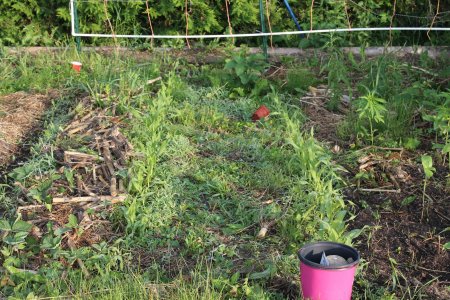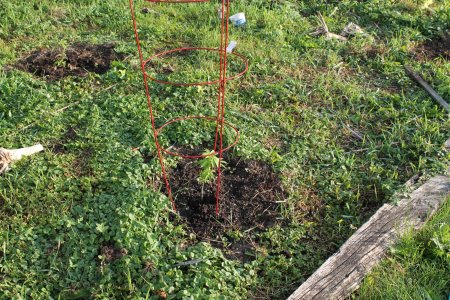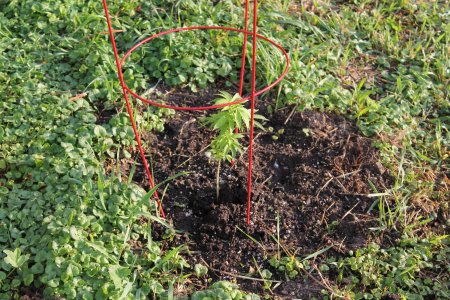That's a bit like asking what is the proper lathe to use.
Well it depends on lots of different factors but corn (as should all crops) is planted based on target plant population per acre/hectare/ft/etc and so it depends on what row spacing is used that determines the spacing between plants. But to give you a ball park idea (for Alberta anyhow) target plant populations are around 32000/acre and 30" row spacing is fairly common. So plants end up being roughly 5" apart in the rows.
A question I've always wanted to ask an agronomist is about emergence. One of my fields is clay. If I get a heavy rain after planting, my dirt will crust over and emergence really suffers with lots of plants dying underground before they ever reach the sun.
Some farmers tell me this doesn't matter because the seed companies deliberately develop seed that will accomodate this emergence issue. Do you know what kind of emergence percentage they target?



